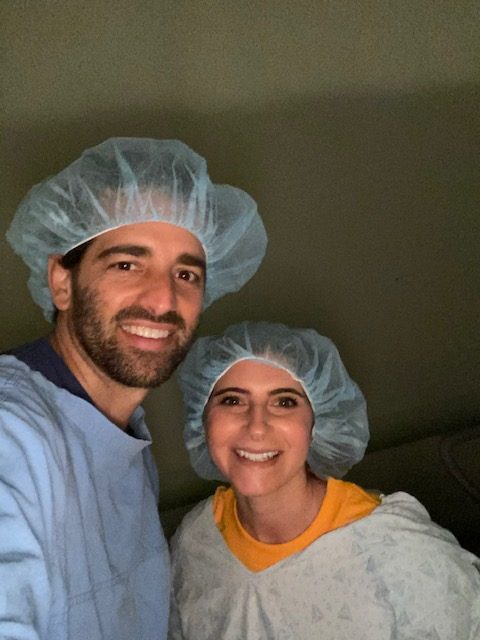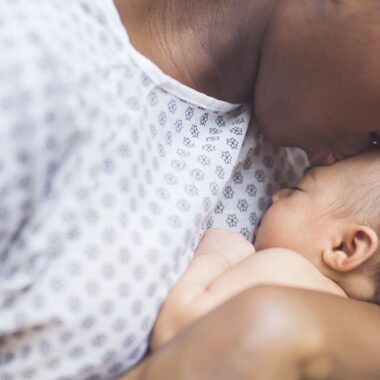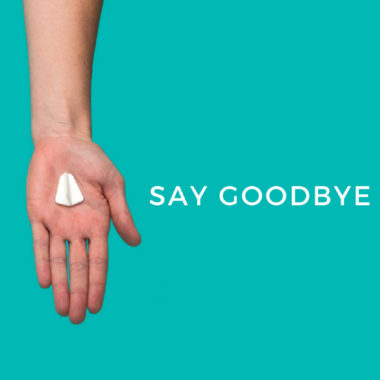It’s been a long, overwhelming journey of approximately 36 – 40 weeks of pregnancy and an even more intense labor experience. Childbirth is no joke, and thankfully, it’s now behind you — at least this one time.
You were almost certain that this is your last attempt at pregnancy but all that feeling evaporated the moment you held your little one. Oh! What could compare to the gladness that you felt as a new mom? The joys of motherhood are washing over you in a way you’ve never known, but one thing lingers…the pain from delivery.
No one said anything about how long the pain would last, or that it would be this challenging. The truth is you’re in a new phase, and likely to experience new patterns of symptoms and reactions.
Recovery after birth – regardless of the choice birth method – has to be one of the topmost priorities for any mom. This is why experts refer to the first six weeks post-delivery as ‘the recovery phase’. It is the time for your body to recover from the stress it has endured in the past months. And all of this is only just physical. Don’t forget that your mental health as a new mom is important, too.
Related: What no one tells you about motherhood.
How long does it take to heal?
First off, you need to have the right mindset. Remember that conception, pregnancy, and delivery are a normal cause of nature, and so you should not think of ‘healing’ from it in any way negative.
The timeline for postpartum recuperation varies from woman to woman. It could be as a result of one or more of these factors: genetics, your general health, lifestyle, and actions or inactions taken during pregnancy.
Taking into consideration the peculiarities of your delivery – like how long you were in active labor, how long you pushed for, whether you had an episiotomy or perineal tears, the presence or absence of complications and more. All of these factors contribute to the uniqueness of every delivery.
Some experts believe that it can take anywhere from a few weeks or up to a year or more for the body to regroup. Not to worry, you’re not alone on this journey. Like many other expectant or new moms, you’re thinking ‘How do I get my optimal health back, and in good time too?’ We’re here for you:

Here’s what you need to know about postpartum recovery
1. Uterine Massage to minimize ‘after pains’: Like much of your body, the uterus needs to return to a non-pregnant state. Notice we’re not saying pre-pregnant state here; the pre-pregnancy size is often achievable within an average of 6 to 8 weeks. This retraction process is called involution, and although it is characterized by restoring ovarian function in preparation for a new pregnancy, that is the last thing on most women’s minds. To get your uterus back to its normal size, you will need to have a uterine massage after delivery. This is usually most potent while you are still in the hospital, and helps to speed up the healing of the uterine wall. The birth of your baby and the expulsion of the placenta will leave the blood vessels in your uterus open. With this massage, and with breastfeeding, uterine contractions will be accelerated. Please note here that the WHO does not recommend sustained uterine massage ‘as an intervention to prevent postpartum haemorrhage (PPH) in women who have received prophylactic oxytocin’. Do consult with your doctor on the appropriate measures to take for you.
2. A healthy diet and ample water: Fibre foods will help ease your first postpartum bowel movement which may not come as early as expected. As this study shows, the metabolic profile is estimated to return to its preconception state around 1 year postpartum. However, fiber-rich foods like whole grains, fresh fruits, and veggies (including barley, oatmeal, beans, apples, nuts, citrus fruits, pears, and berries) help digestion and prevent constipation. Also, a fluid-rich diet will aid digestion and help you pee with ease. In addition, a short walk, stroll, or bust of activity will help revitalize your energy levels.
3. Abstinence: Most often, people think of abstinence in terms of outside marriage and committed romantic relationships, and as something common to the young (and free) generation. But when it comes to healing after you’ve had your baby, it’s non-negotiable. The benchmark period for abstinence is set at 6 weeks postpartum. But as always, the uniqueness of each woman’s experience must be considered. Here’s why you need to avoid a roll in the hay with your spouse or partner: It takes up to 10 days for the placental site, and up to 2 weeks for perineal stitches to heal. During this time, remember that you may still be sore, and you’ll also actively be breastfeeding or expressing breast milk, expelling lochia, and adjusting to the routines of motherhood. In this time, all you need is adequate rest, maintenance of a healthy diet and good hygiene to prevent the introduction of bacteria or infections. To help your perineum heal, apply ice packs every couple of hours for the first 24 hours after delivery. Use some warm water to rinse off the area before and after peeing to avoid irritating torn skin.
4. Kegels for contracting pelvic floor muscles: Honestly, there should be an award for the person who invented this, because how else do you describe the benefits that Kegels does to the body?! They’re amazing for strengthening the muscles on your pelvic floor, which serve to improve blood circulation to the area, prevent incontinence, and promote healing. Add to that, it improves your overall sexual health contributing to more pleasurable sexual intercourse.
Related: Sex After Delivery, What You Should Know.
Also, you should know to contact your healthcare professional in cases of acute or extended pain especially in the abdominal region, temperature spike or feverish feeling, signs of infection, foul-smelling lochia, bleeding or hemorrhage.
Ever heard the popular Malay proverb, “Prepare the umbrella before it rains”? Then, you’d know that even if you’re pregnant, it’s not too early to put things in perspective and get the resources and support system that you need. As always, we’re on your side, and we’re rooting for you!
- How To Revive Your Sex Life After Baby - October 17, 2023
- The Sona App Aims To Make Your Child “Sleep Like A Baby” And We Tested It - May 14, 2023
- 7 Ways To Get Some Alone Time As A Mom - March 1, 2023








